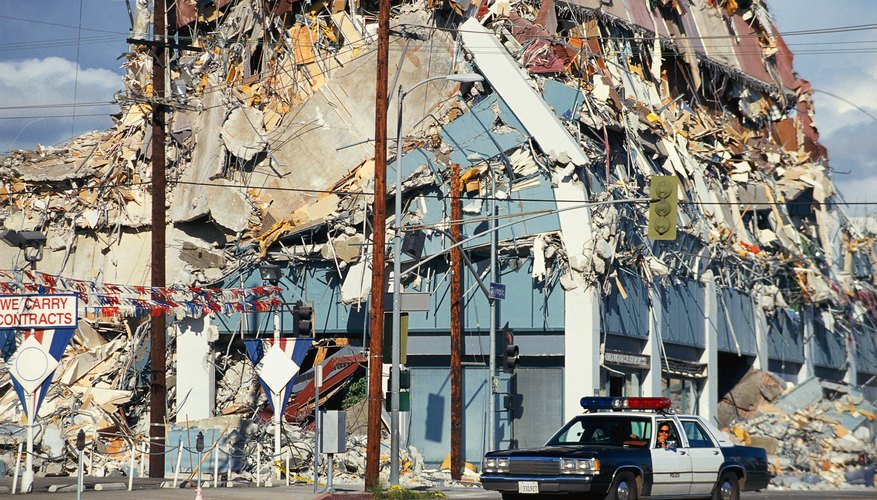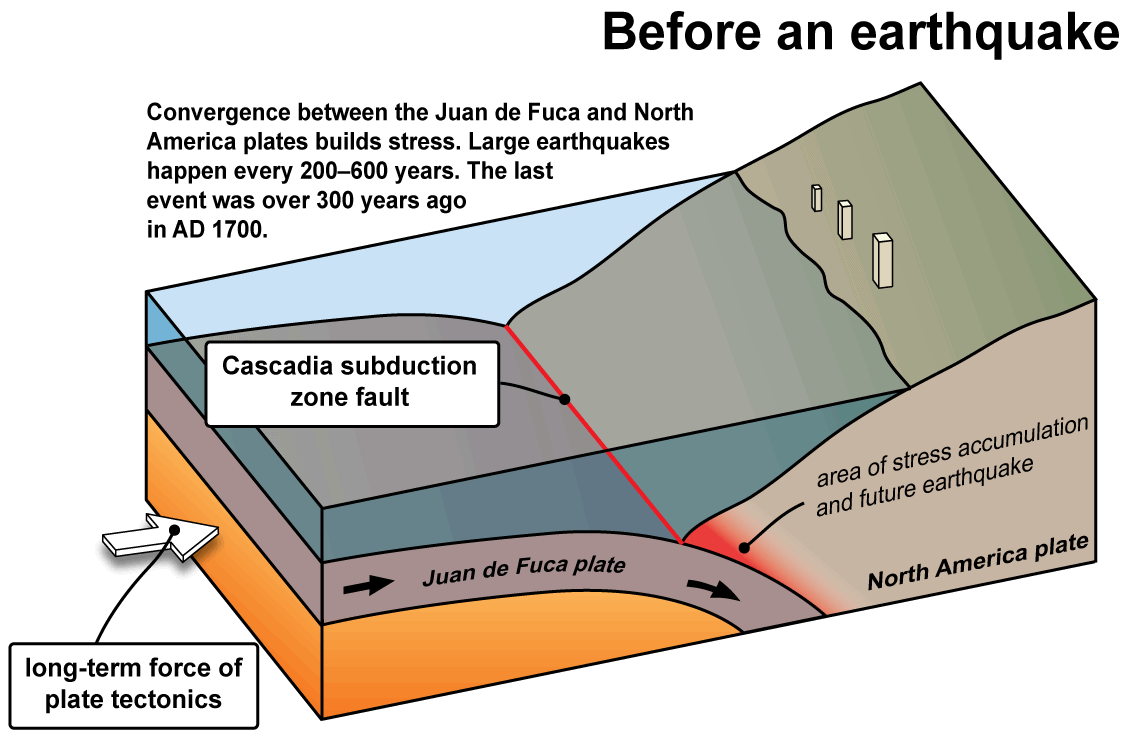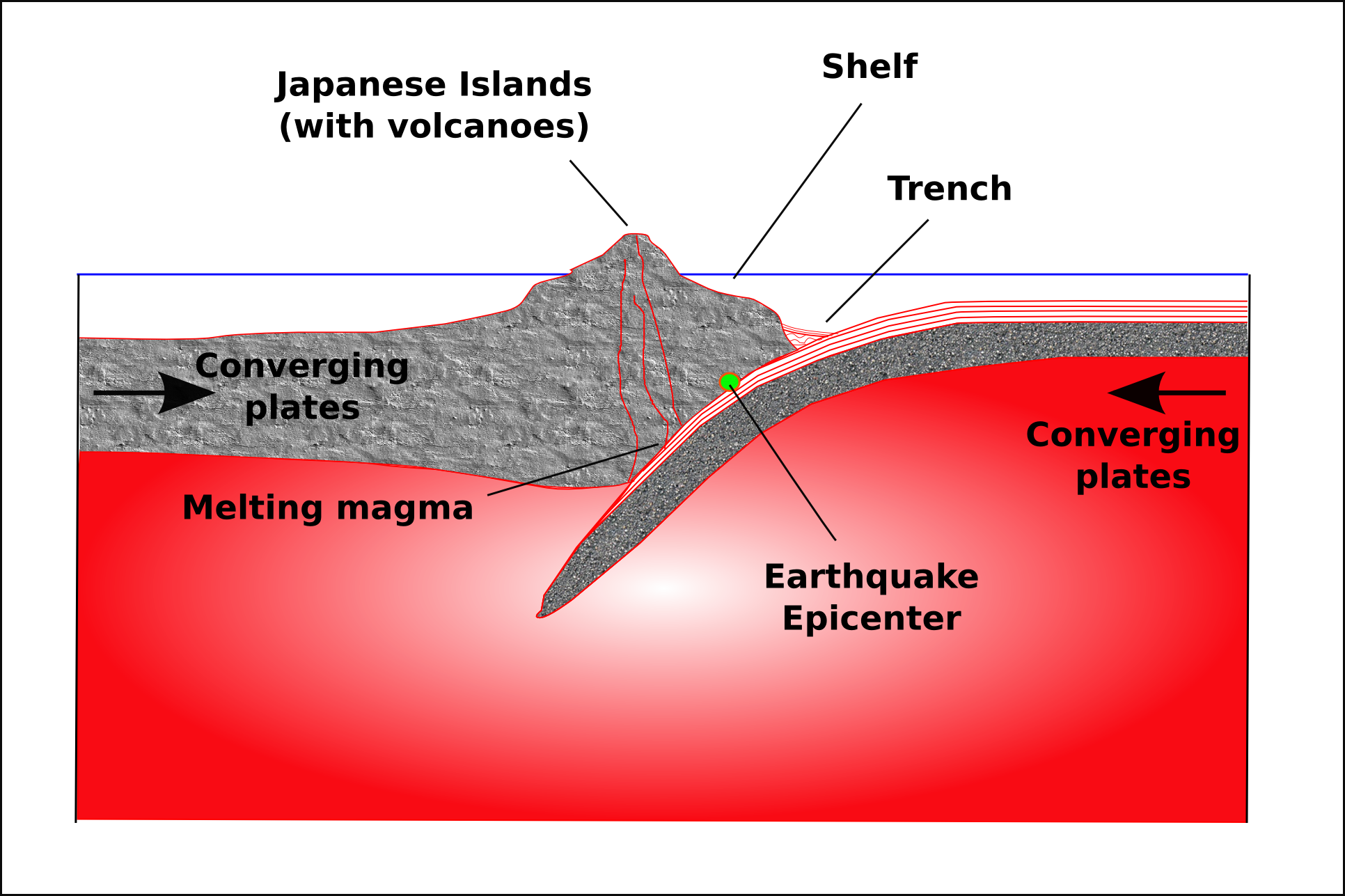
On Sunday evening, most parts of the East African Countries were treated to a sudden and light magnitude 4.8 earthquake. This is not the first time such magnitudes are felt in the regions but did you know what exactly causes these tremors?
Here are some of the occurrences inside the earth’s crust that triggers earthquakes:
An earthquake is caused by a sudden slip on a fault. The tectonic plates are always slowly moving, but they get stuck at their edges due to friction.

Tectonic Plates in Motion
The Earth’s surface consists of many pieces that slide past each other continuously. Also known as tectonic plates, these pieces have boundaries that contain faults. Because a tectonic plate’s edge is rough, it gets stuck when it rubs against another plate.
This sticking causes the edge to remain stationary while the rest of the plate keeps moving. When the plate moves far enough, the edge gets unstuck and an earthquake occurs as stored energy within the moving plates releases.
Stress
When the stress on the edge overcomes the friction, there is an earthquake that releases energy in waves that travel through the earth’s crust and cause the shaking that we feel.

When rocks move laterally relative to each other, they create a strike-slip fault. An example of this is the San Andreas Fault in California. When one piece of crust falls relative to another, this is a normal fault.
Faults
A fault is the plane along which rocks break. Normal faults exist along the boundaries of rift valleys, such as Death Valley in California and the Rhine Valley in Germany. When one piece of crust moves over or under another, it creates a thrust fault. Thrust faults bound the entire Pacific Ocean Basin.

Rupture
Rupture is the area of rock breakage during an earthquake. On the ground, it appears like a fracture that moves along the length of a fault. A rupture 21 feet in length along 270 miles of the San Andreas Fault caused the 1906 San Francisco earthquake.

Rupture propagation disturbs neighboring rocks. This disturbance travels within the Earth to its surface and along its surface in waves of energy known as seismic waves. These arrive at the Earth’s surface in pulses, causing ground shaking and damage to buildings.

Normal Friction
Above ground, friction is a steady, stubborn force that opposes motion. Friction generates heat, as people with cold hands know, and increases with the stress you put on objects. So the heat on faults during sliding should increase with depth in the Earth. The rocks should definitely melt where they meet.
But underground, during earthquakes, two huge, hard, weight-pressurized rock slabs slip past or under each other. And nothing melts. Usually.

That’s weird. It could be because the friction and thus the heat are much lower than you’d expect from rocks above ground, Goldsby said.
Earthquake friction works like this, Heaton said: It starts out high when there is little to no movement; then friction plummets to zero as the rocks move fast; then friction goes to high again when the rocks slow down.
Earthquake-like seismic waves can also be caused by explosions underground. These explosions may be set off to break rock while making tunnels for roads, railroads, subways, or mines. These explosions, however, don’t cause very strong seismic waves. You may not even feel them. Sometimes seismic waves occur when the roof or walls of a mine collapse.
These can sometimes be felt by people near the mine. The largest underground explosions, from tests of nuclear warheads (bombs), can create seismic waves very much like large earthquakes. This fact has been exploited as a means to enforce the global nuclear test ban, because no nuclear warhead can be detonated on earth without producing such seismic waves.
Here’s a short video of the usual causes of earthquake: